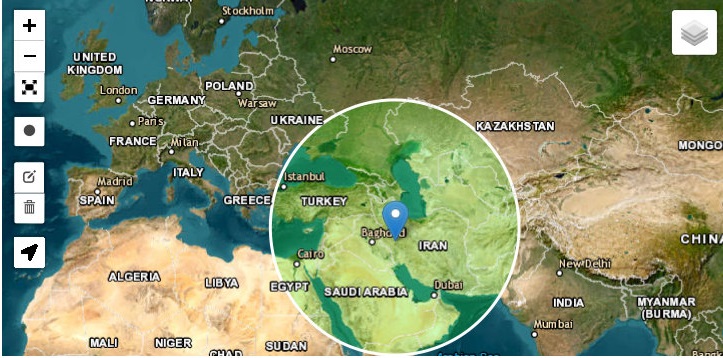Essay on the “Rosewood” (Rosenholz) files—microfilmed database of Stasi agents in the West acquired by CIA after the Berlin Wall fell (Der Mauerfall)—and Markus Wolf’s elaborate coding system that took CIA years to crack before they could identify his spies in US and Europe. Essays includes number of photos taken by me of Stasi HQ
Blog
Putin’s New Defense Minister
I have been unable to write due to other commitments. However, I wanted to include an update about Putin’s appointment of economist Andrey Belousov as Russia’s new defense chief, a move that has stumped western “experts.” Russia’s military-industrial complex is going to become much bigger and more efficient. I recommend a superb analysis...
Karlshorst: 9 May 1945 German Surrender and KGB Rezidentura in Berlin
On the anniversary of the German surrender at Karlshorst, east Berlin, in the presence of Marshal Georgy Zhukov, a bit of history—and lots of photos and videos, including by me—about the vicinity, which was used for administration of the Soviet Zone (1945–49); and housed the biggest KGB station in the world (1954–1991).
Iran’s Ballistic Missile ‘Ring of Fire’
Following threats from Israeli and American officials, like “Iraq is just one campaign… Next, we’re going to have the Iranian campaign,” IRGC began developing a large and diverse array of ballistic, cruise, and hypersonic missiles. IRGC is ready (as Israel discovered). Iran has created a 2,000 km radius ring of fire around Iran; an anti-access zone in which enemy ships and bases can be destroyed by IRGC's missiles.
Inherent Weaknesses of Air Defense Systems
Physicists have demonstrated scientifically that anti-ballistic missile (ABM) umbrellas have inherent weaknesses that render them largely ineffective. Critics have proffered scientific evidence, including documented failures of Patriot missile defenses in the First Persian Gulf War, to support findings. Rather than address critics, Washington officialdom has persecuted them. Vast profits are available to manufacturers of ABM systems; hence the silencing of scientists. Iran and Russia are aware of ABM weaknesses, which is why they have invested extensively in penetrating ABM through electronic warfare, drones, cruise, ballistic, and hypersonic missiles. An overview of why ABM systems, and anti-rocket systems like Iron Dome, usually fail.





You must be logged in to post a comment.